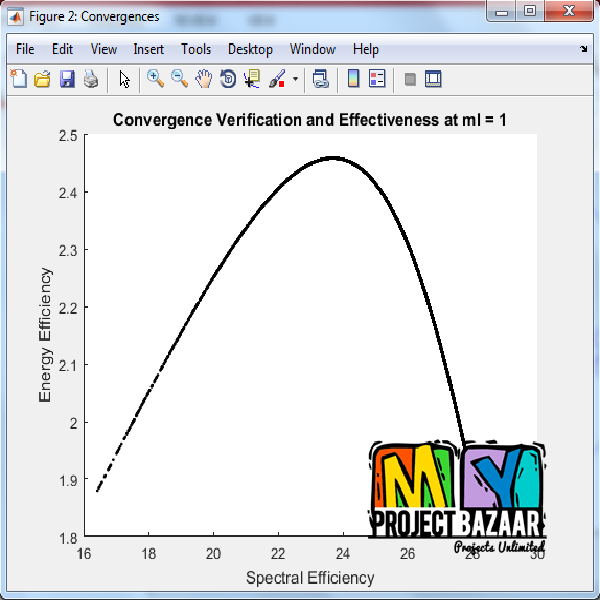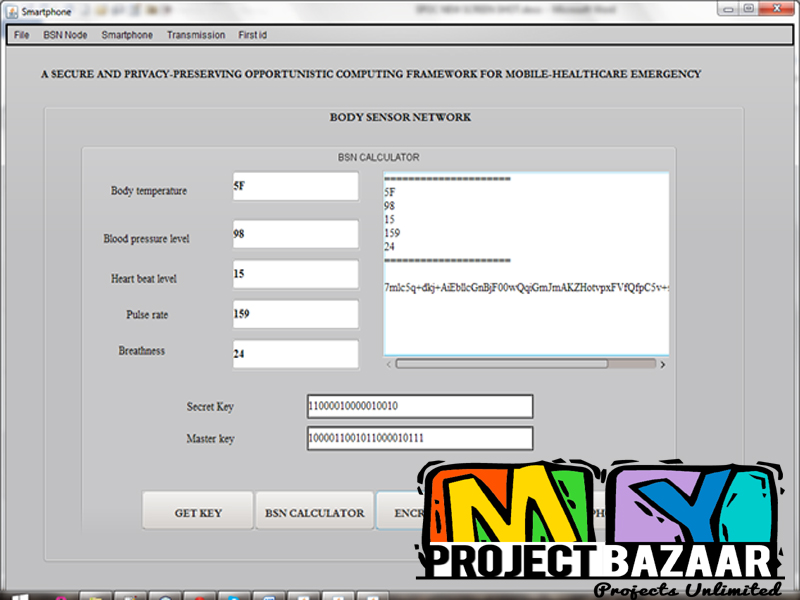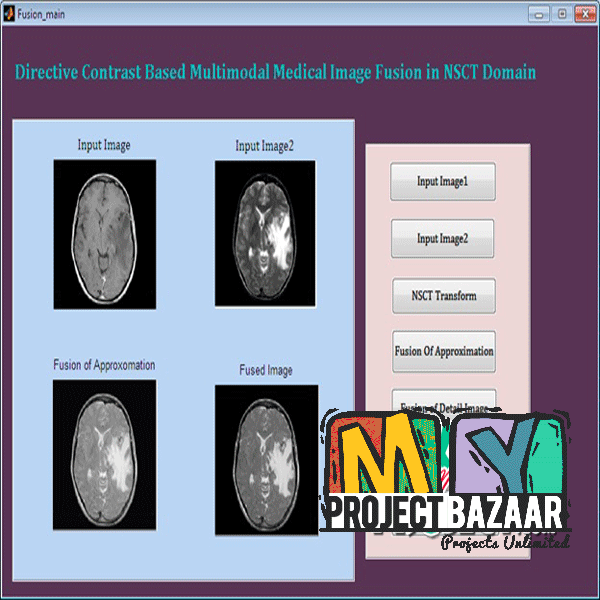Interference-Aware Energy Efficiency Maximization in 5G Ultra-Dense Networks
Product Description
Interference-Aware Energy Efficiency Maximization in 5G Ultra-Dense Networks
Abstract– In the first place, consider a multiple-input-multipleoutput optical wireless communication (MIMO-OWC) system in the presence of log-normal fading. In this scenario, a general criterion for the design of full-diversity space code (FDSC) with the maximum likelihood detector is developed. This criterion reveals that in a high signal-to-noise ratio regime, MIMO-OWC offers both large-scale diversity gain, governing the exponential decay of the error curve, and small-scale diversity gain, producing traditional power-law decay. Particularly for a two by two MIMO-OWC system with unipolar pulse amplitude modulation, a closed-form solution to the design problem of a linear FDSC optimizing both diversity gains is attained by taking advantage of the available properties on the successive terms of Farey sequences in number theory as well as by developing new properties on the disjoint intervals formed by the Farey sequence terms to attack the continuous and discrete variables mixed max–min design problem. In fact, this specific design not only proves that a repetition code is the optimal linear FDSC optimizing both the diversity gains but also uncovers a significant difference between MIMO radio frequency communications and MIMO-OWC that space dimension alone is sufficient for a full large-scale diversity achievement. Computer simulations demonstrate that FDSC substantially outperforms uncoded spatial multiplexing with the same total optical power and spectral efficiency, and the latter provides only the small-scale diversity gain.
Including Packages
Our Specialization
Support Service
Statistical Report

satisfied customers
3,589
Freelance projects
983
sales on Site
11,021
developers
175+Additional Information
| Domains | |
|---|---|
| Programming Language |

















